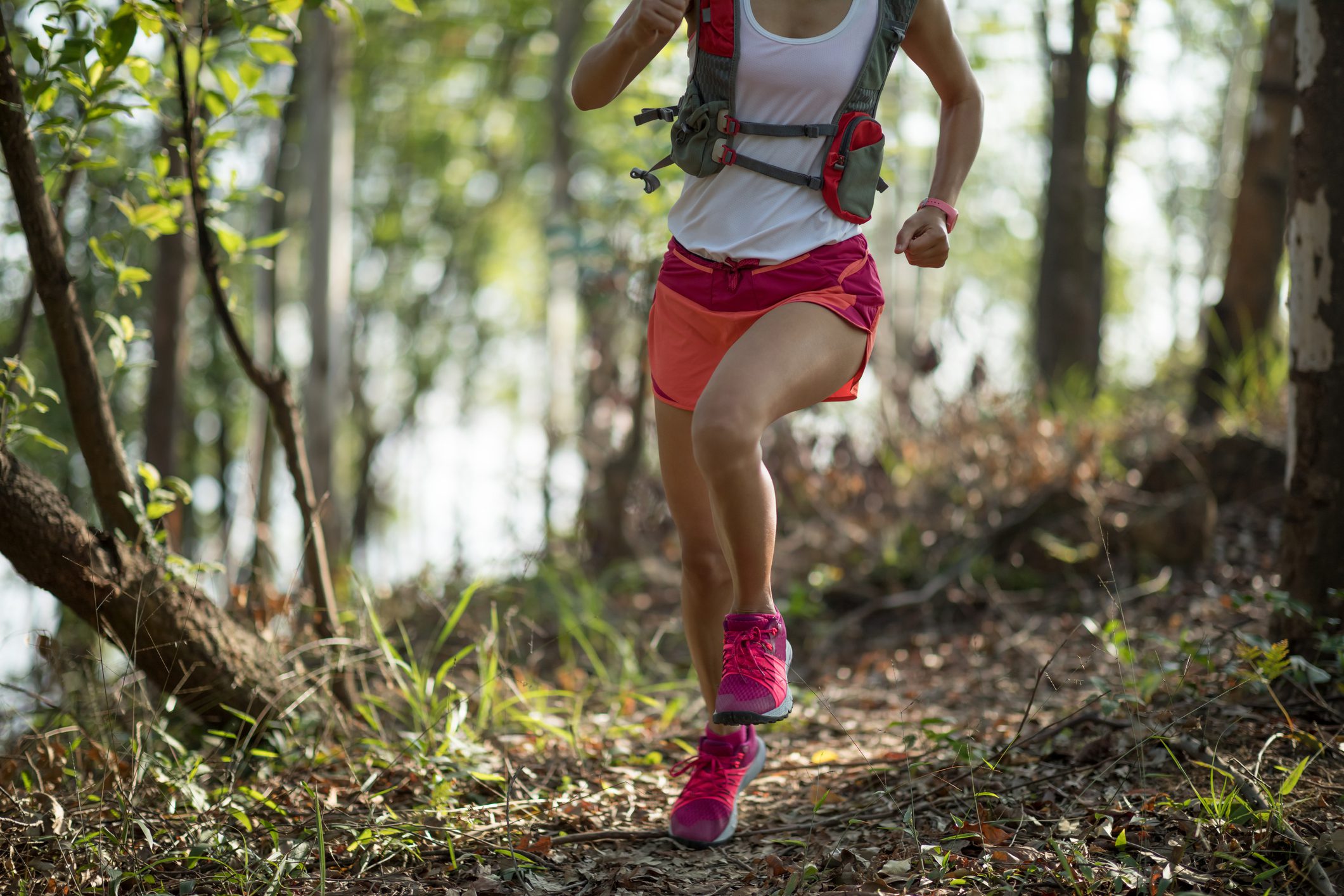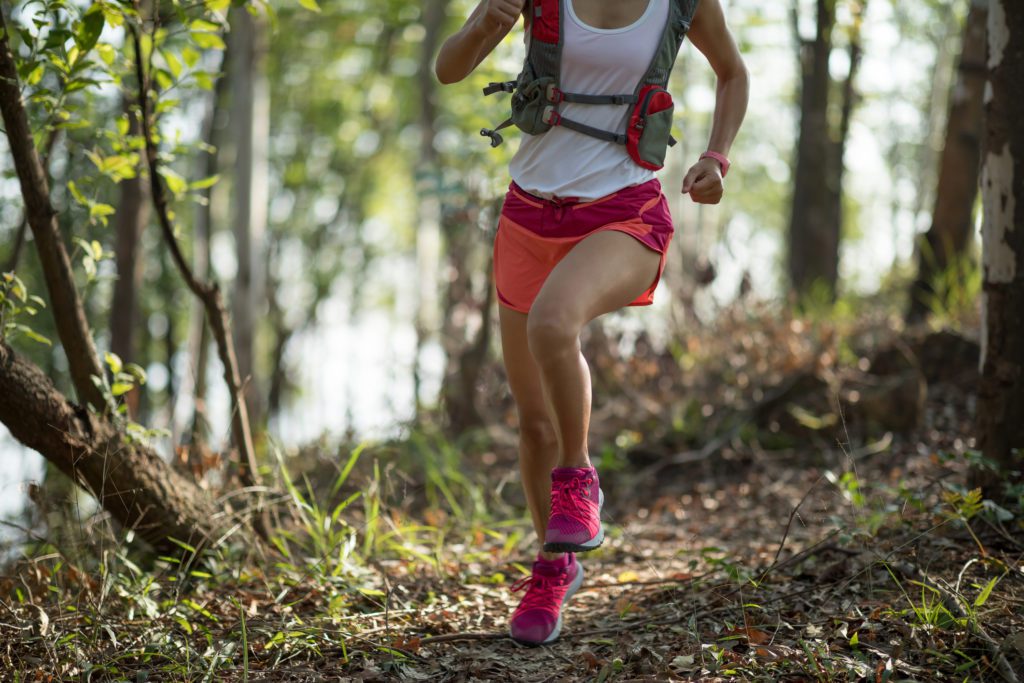Hit the trails – why triathletes should run off-road
The physical and mental benefits of heading off road can revitalize your run training.

There’s never been a better time to run on the trails. With racing on hold for a while, why not spend some time getting away from it all while also getting some excellent training in?

By Kerry Hale
The popularity of trail running has exploded over the past decade or so, and for good reason. Even though triathlons are typically held on roads, many have found that the physical and mental benefits of heading off road have revitalized their run training and triggered a more balanced and calming mindset.
But why alter your run training in the first place?
Our heads are often full, our workplaces are busy and our cities are typically loud. Quiet solitude, for many, has never been so valuable. With a training plan to follow and respite from hustle and bustle so alluring, the peace and tranquility provided by forested trails is a no-brainer. You can empty your mind by listening to nature’s sounds of birdsong and rustling leaves, overlaying the steady sounds of your heartbeat and footfall, instead of traffic noises and the sounds of suburbia.
Trail running, by virtue, builds in intervals and fartlek’s via undulations in the trail, so workouts can be demanding. Here, nature dictates. Trail running activates a more varied range of muscle fibers in your legs, and the pursuit requires a focus on balance and coordination by weaving in and out and over tangles of trees, rocks, roots and river crossings.
Running on asphalt, or other paved surfaces, may well be faster, but it’s also more demanding on your musculoskeletal system. No matter your shoe choice, every step on asphalt brings your bodyweight crashing down onto an unforgiving surface, placing stress on bones, joints, muscles and ligaments. The softer underfoot surface of trails reduces the impact on your body. The cardio training and fitness benefits are the same, but with lower incidence of muscular soreness and bodily wear-and-tear.
Trail running, it should be pointed out, does come with its share of dangers. Errant dogs can be problematic. Depending on the location, wild animals can be out and about. Rocks, roots, mud and ice can be slippery, weather can change quickly and there is the isolation factor. Athletes need to use common sense, consider precautionary measures and think about hydration, nutrition, possible weather exposure, along with basic first aid before leaving. Running with a friend is always a sensible option, especially in remote or unfamiliar areas.
Trail specific footwear is important on technical terrain, as is a hydration device such as a handheld water bottle or water-carrying backpack. In winter, choose clothing carefully and in the warmer months use sun protection. Consider taking a map or using an app such as Trailforks.
Triathletes are often strict type A personalities, and the varying, undulating, twisty terrain doesn’t lend itself to strict time/distance intervals that a track or familiar road circuit can provide. Forget everything you know about pace calculators and negative splits. Instead, listen to your body, not your watch, and speed up or slow down as it feels right. Uphills, downhills and ever-changing surfaces mean your pacing will be vastly different to road runs. By wearing a heart-rate monitor, running within certain prescribed training zones remains the same. Many trails have Strava segments, so athletes can use these as a guide to see fastest times etc.
For newbies to trail running, consider touching base with a local run crew or grab a run buddy and research the trails near you. Start with beginner-friendly trails that aren’t far from people or urban areas, such as a local park. Plan your route in advance and tell someone where you’re going and when you plan to be back
You don’t need steep mountains or thick forests to have fun and get a solid workout. Gravel paths along the river, bark mulch routes in your local park, or hiking trails near campsites will all work perfectly.
There is joy in the fact that no two trails offer the same experience, that nature is food for the body, brain, and endorphin explosions. So trade the roads for the trails and experience a revitalization of your run and a clearer mind.
Snapshot of a Trail Runner
- Where: Anywhere that has dirt, grass, gravel, or forested trails such as parks, nature reserves, forests and mountains.
- When: Anytime of the year, though be sure to use caution during winter months on hazardous, slippery trails and be sun smart during warm months.
- Who with: Running solo on the trails appeals to many athletes seeking solitude, but to begin with consider locating a run group, recruit a run buddy, or take the dog.
- What: Consider trail specific shoes for more technical trails, especially during winter months. Opt for light, weather resistant fabrics that are warm and waterproof. Take water or an electrolyte drink for runs over an hour. For longer runs, pack nutrition and a GPS device. Taking a watch and phone is a good idea, as is ID.
